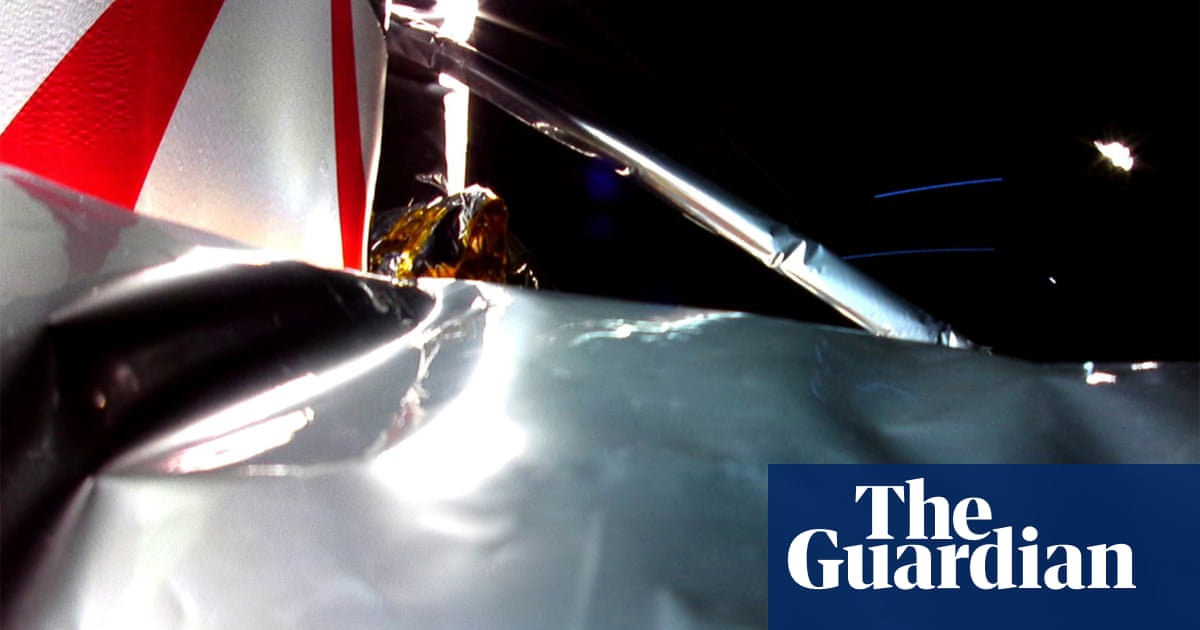
On the wall of the “nature positive by 2030” pavilion at Cop15 in Montreal, children have written notes asking leaders to save turtles, frogs, swallows and wetlands. The message is clear. People don’t want more of the same: “stop the same” and “same is lame”.
They are simple, optimistic words that are also popping up in adverts, company pledges and the draft of the globalbiodiversity framework (GBF), which is the text outlining the next decade of UN targets to protect the natural world. Yet some are concerned the term “nature positive” is so hard to define that it opens up another frontier for greenwashing.
For the climate, the aim of net zero has slipped into everyday conversation. For nature, no such term exists that has broken through to the general public. Many are keen to use nature positive as a way to get support for tackling biodiversity loss, and many scientists agree that it is an important term that should be included in the final agreement, to drive ambition.
Leading conservation organisations such as WWF say the term communicates the need to tackle overconsumption, make production more sustainable and protect Earth’s key ecosystems. “For us, [nature positive] is about setting an overall apex goal for nature that we have been missing for so long. By not having a clear overall goal, we have been allowing companies and governments to do whatever they want,” says Marco Lambertini, director general of WWF International.
“Initially, we thought: how can we come up with a goal that is equivalent to net zero emissions? That was our obsession. With nature loss, it is about consumption and production. We’re really living beyond planetary boundaries as far as biodiversity is concerned. If we don’t agree on this, we will offer cover to people who continue to greenwash,” he says.
More than 10 key organisations using the “nature positive” phrase define it in different ways, with little guidance on how it should be implemented, research has found, although reversing biodiversity loss and moving towards nature recovery and regeneration is included in most definitions.
At Cop15, the general idea is to bend the curve on biodiversity loss so there will be more nature in 2030 than there was in 2020, and then reach full ecosystem recovery by 2050.
Oxford biology professor EJ Milner-Gulland argued earlier this year that nature positive is crucial for communicating measurable improvements in biodiversity, but warned that it was already being watered down by corporations. “It is already starting to feel like any actions that increase biodiversity anywhere, and by any amount, can be called nature positive. This trend has to be resisted,” she argued.
Mark Johnston from BP is at Cop15 as a delegate for Ipieca, the global oil and gas industry association for environmental issues. He is part of an International Union for Conservation of Nature (IUCN) working group on nature positive. Researchers warn that a company actively seeking new sources of oil and gas – as BP is – cannot seriously say it is on a journey to nature positive, and raise questions as to whether such a figure should be allowed to work on the technical aspects of nature positive from within the IUCN framework.
The UN has not yet provided a list of delegates at the conference, so it is not known how many oil and gas representatives are present. There were more than 600 fossil fuel lobbyists at the Cop27 climate conference in November, 25% more than last year.
“In a nature-positive future, we’re not going to have fossil fuel companies,” says Milner-Gulland. Sophus zu Ermgassen, an ecological economist from the University of Oxford, agrees that in a nature-positive future, extractive industries will be tiny, just enough to meet society’s residual fuel needs. He says: “It’s a strange definition of nature positive that would be consistent with the current business models of the oil and gas industry, and not one in line with the scientific evidence on what is required to halt climate change or nature loss.”
Stewart Maginnis, IUCN deputy director general, says the IUCN urges companies to rapidly transition to net zero and nature positive. “We do not believe progress will be achieved by excluding experts associated with companies who are not yet on a nature-positive trajectory from technical discussions,” he adds. “Our mandate is to work towards high-integrity consensus-based agreement by bringing in expertise and different perspectives from NGOs, governments, academia and the private sector.”
BP did not respond to the Guardian’s request for comment.
Marília Monteiro Silva of Greenpeace is among those who worry that nature positive risks being a way of saving an economic model that, by design, destroys the natural world because it can mean whatever people need it to mean. “Governments should take ‘nature positive’ completely off the discussion table. It is too risky to include ill-defined terminology with no metrics into the final agreement text, especially if you’re inviting money into the picture,” she wrote in a blogpost for Greenpeace International last week.
She believes nature positive would be “a bag of tricks” for all the industry players who have been leading destruction of the planet, allowing them to continue.
Milner-Gulland believes, however, that it is key to bring business along. “It’s easy to treat companies as the enemy, but that’s not necessarily helpful because we need them on board. There is no solution without business – painting business as the enemy is an own goal.”
Currently, companies have no real idea what their impacts are on nature. The World Benchmarking Alliance’s first Nature Benchmark, which looked at the operations of 400 global companies, found only 5% understand their impact on nature. In contrast, 50% of companies assessed are taking action to reduce greenhouse gas emissions.
Milner-Gulland says industries and governments should commit to making a route towards nature positive but must be “brutally honest” about the scale of change that is needed, which goes far beyond planting wildflower meadows and providing vegetarian meals as default. It will require “making systemic change”, which is likely to include investing in nature restoration elsewhere to offset biodiversity impacts.
Her research finds that applying nature positive will require huge improvements in data, transparency and better regulation, including a measured biodiversity baseline, timeframe, target, analysis of how those actions lead to net gain, and regular monitoring and disclosure of progress.
The scale of the challenge is large. A report by the UN Environment Programme (Unep) recommended that funding for nature should increase to $384bn per year by 2025 – more than double the current spend of $154bn – for climate and biodiversity goals to remain achievable. The report says private spending will have to step up to help fill the gap.
A campaign by the Business For Nature coalition, signed by 330 businesses, is calling for world leaders at Cop15 to make it mandatory for all large businesses to assess and disclose their impacts and dependencies on nature by 2030. They will be able to do this next year via the Taskforce on Nature-related Financial Disclosures (TNFD), a parallel organisation to the Taskforce on Climate-related Financial Disclosures.
About 750 companies and financial institutions are collaborating with the framework. The Science Based Targets network is looking into nature as well as climate. Universities are pledging to work towards nature positive, too.
The University of Oxford carried out an audit of its biodiversity footprint and committed to reaching net gain for biodiversity by 2035. The Guardian has been working with the same researchers to start collecting data on its biodiversity footprint.












